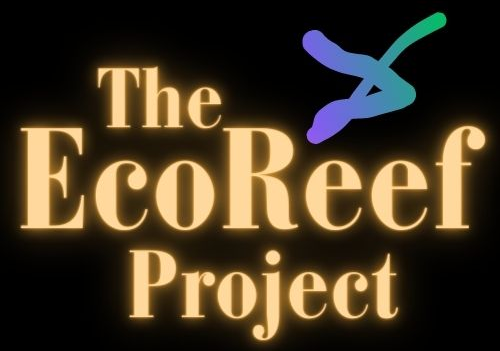Eco-Development: Harnessing the Power of Water
Water is the lifeblood of our planet, and its conservation and management are crucial for sustainable development. In this context, eco-development strategies such as eco-reefs, eco-rivers, eco-dams, and eco-filters play a pivotal role.
Eco-Reefs
Eco-reefs are artificial reef structures designed to mimic the function of natural reefs. They provide habitats for marine life, protect coastlines from erosion, and enhance the productivity of fisheries. By improving the health of marine ecosystems, eco-reefs indirectly contribute to land development.
Eco-Rivers
Eco-rivers are river systems managed with an emphasis on ecological health. This involves preserving biodiversity, maintaining water quality, and ensuring the natural flow of the river. Healthy rivers are vital for agriculture, drinking water, and various other human activities.
Eco-Dams
Eco-dams are a new generation of dams designed to generate power while minimizing environmental impact. They incorporate fish ladders for migratory species, sediment sluices to maintain downstream ecosystems, and other features to preserve the health of the river system.
Eco-Filters
Eco-filters are natural or engineered systems that purify water by removing pollutants. They can be as simple as a wetland that absorbs excess nutrients, or as complex as a biofilter using specific microorganisms to break down industrial waste.
Land Improvement Around Water Areas
The areas surrounding bodies of water, often referred to as riparian zones, are critical for maintaining the health of both the water and the land. Improving these areas can have significant benefits for eco-development.
Sustainable Agriculture: A Future Without Synthetic Fertilizers
Agriculture is the backbone of human civilization, but traditional farming practices often rely heavily on synthetic fertilizers. These fertilizers can have detrimental effects on the environment, including water pollution and soil degradation. However, there are sustainable practices that can improve farmland in the long term without the use of synthetic fertilizers.
Organic Fertilizers
Organic fertilizers, such as compost and manure, can enrich the soil with essential nutrients. They improve soil structure, promote beneficial microbial activity, and release nutrients slowly over time.
Cover Crops
Cover crops, like clover or rye, can be grown in between main crops. They protect the soil from erosion, suppress weeds, and can enrich the soil with nutrients when they decompose.
Crop Rotation
Crop rotation involves changing the type of crop grown in a particular field from year to year. This practice can prevent the buildup of pests and diseases, improve soil fertility, and reduce the need for synthetic fertilizers.
Agroforestry
Agroforestry, the practice of integrating trees into farming systems, can also improve soil fertility. The trees’ deep roots bring up nutrients from the subsoil, and their leaves, when they fall and decompose, provide organic matter.
By adopting these sustainable practices, we can improve the productivity and sustainability of our farmland, while reducing our reliance on synthetic fertilizers.
Planting Vegetation
Planting native vegetation around water bodies can prevent soil erosion, improve water quality, and provide habitat for wildlife. These plants act as a natural filter, absorbing pollutants before they can reach the water.
Building Eco-Parks
Eco-parks are another effective strategy. These parks, built around water bodies, not only provide recreational spaces for people but also serve as habitats for various species. They help in maintaining biodiversity while educating visitors about the importance of conservation.
Implementing Sustainable Agriculture Practices
For areas around water bodies used for agriculture, implementing sustainable practices is crucial. This can include contour plowing, crop rotation, and the use of organic fertilizers. These methods help to preserve the quality of the water and the fertility of the land.
By focusing on the improvement of land around water areas, we can create a harmonious relationship between water and land, leading to sustainable and eco-friendly development.
Join the Discussion
We invite you to join the discussion on these exciting developments in eco-development. Share your thoughts, ideas, and experiences. Due to the development into projects like these, they can create a sustainable future for our planet.
Please use the following hashtags when sharing this post: #EcoDevelopment, #EcoReefs, #EcoRivers, #EcoDams, #EcoFilters, #SustainableFuture









